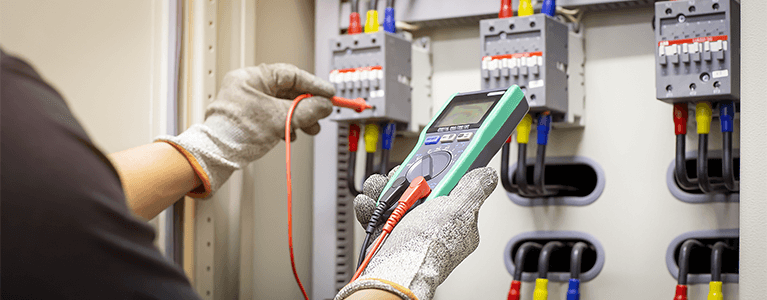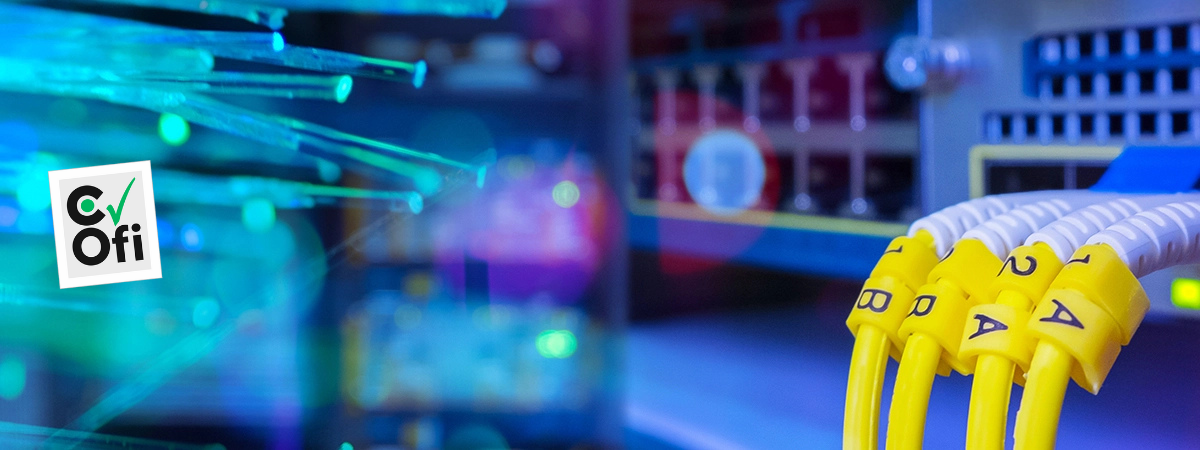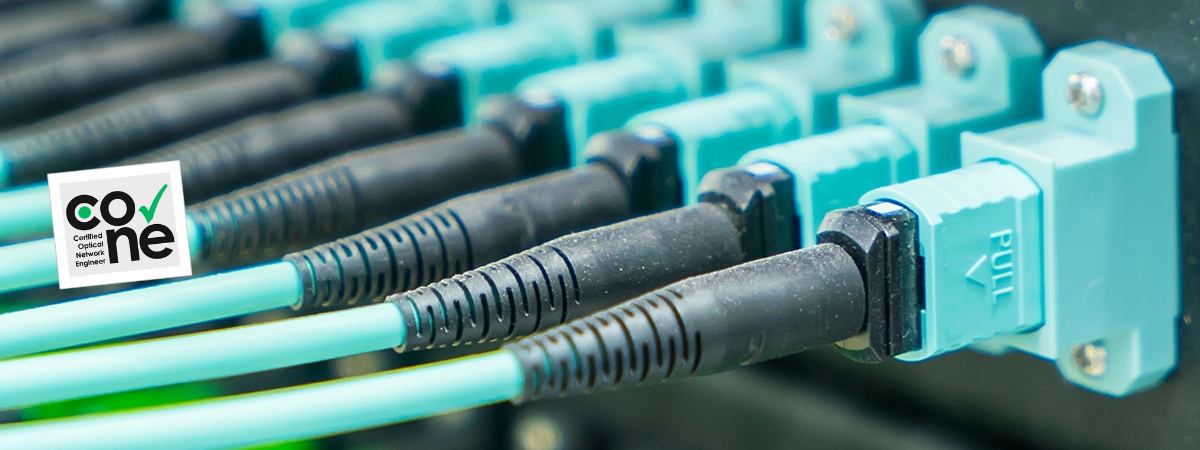Optical Training
We offer a wide range of globally recognised, high-quality, professional training programs across the technical market. All courses feature hands-on practical sessions using a wide range of equipment, and comprehensive course materials.
We partner only with certified world-leading experts where we can ensure that all programs are delivered with unrivaled quality to meet international standards. Our aim is to provide industry-leading technical training where we can tailor courses to facilitate your specific requirements, ensuring complete educational satisfaction.
See Below:
Certified Fiber Characterisation Engineer (CFCE)
As data rates increase and systems become more complex there are more factors that can impair system performance. This course is designed to help you master the fibre optic tests that are required to prove that advanced fibre infrastructures are of a good quality and can support direct detection and coherent systems for high data rate applications from 10Gb/s to 400Gb/s and beyond. You will also be able to assess support for Raman amplification as well as extended wavelength range operation for DWDM and CWDM systems. Typically it is necessary to characterise fibres when dark fibre contracts are signed, to prove that the fibres will operate satisfactorily for the duration of the contract period.
You will learn to apply the full power of multi-purpose test platforms with their powerful array of measurement capabilities to carry out these tests including insertion and return loss measurements, bi-directional OTDR testing, chromatic dispersion, Polarisation Mode Dispersion (PMD) and spectral attenuation. You will learn how to check the validity of the measurements, to avoid costly mistakes and time consuming re-tests. You’ll be able to process the results swiftly and efficiently, using test report software, to provide full system documentation. By appreciating the issues behind the tests you will be able to assess link performance intelligently against application support criteria.
Certified Optical Fibre Installer (COFI) for outside plant
This course is designed specifically for installation and maintenance staff working on outside plant telecom networks.
It provides a broad knowledge of the components and equipment, and highlights good working practices in order to inspire a professional approach to the job role. Practical sessions build the skills required to install, joint, terminate and test external fibre optic cabling links from end to end locations.
The syllabus shown here is designed for staff involved with core networks, however it is focussed on fibre specifics and does not contain practical sessions on cable placement. Information on different placement methods & techniques is available.
Versions of this certification are also available to cover Enterprise networks and Harsh environments. The intention is to provide the ‘very best of class’ installation training for corporate customers that require professional staff trained up to meet the detailed and often challenging needs of their sector.
Certified Optical Network Associate (CONA)
This course introduces optical networking & covers network infrastructure, as well as transmission systems that use direct detection technology. These direct detection systems may be used to provide very high capacity (up to 1.6Tb/s) Ethernet channels within data centres & commonly 100 & 400Gb/s data rates for metro data centre interconnect (DCI). LAN & campus backbones, FTTA & 5G front haul also use direct detection, as do point-to-point FTTH, full fibre business connections & many transport & utility networks. Long haul OTN systems can use direct detection systems to provide capacity of 800Gb/s+ per fibre pair over thousands of km.
You will learn what is required for satisfactory system performance of such networks & how the performance can be affected by the properties and the quality of the physical fibre infrastructure including such issues as fibre type, reflections, attenuation, chromatic dispersion & polarisation mode dispersion. You will learn how to multiply the capacity of single channel systems using SDM (parallel fibres) or by applying appropriate WDM technologies including SWDM, WWDM, CWDM or DWDM. You’ll be able to extend the reach of the systems to avoid regeneration by using amplifiers, (EDFAs, Raman, SOAs) & through optical dispersion management.
Through the use of design exercises and assignments, you will learn how to design optical networking systems to provide efficient & cost-effective solutions for many network applications.
Certified Optical Network Engineer (CONE)
The growth of the Internet, cloud services, 5G networks and AI are all putting immense pressure on the optical networks that support them. On this course you will learn how optical networking technology can meet the key challenges shown below:
All of this whilst keeping costs under control and reducing electrical power consumption so that the Internet doesn’t cost the Earth.
You will appreciate how the powerful combination of coherent transmission & digital signal processing has transformed optical communications at data rates of 100Gb/s, 400Gb/s, 800Gb/s and beyond, comparing coherent lite for shorter distances with long haul coherent solutions.. You will learn about the changes necessary to DWDM systems for operating efficiently at data rates of 400Gb/s, 800Gb/s & above.
Understanding how the right mix of optical and electronic technologies is used to overcome limitations is a recurring theme of the course, as is the role of SDN and its implications for facilitating open systems including open optical line systems, coherent pluggable transceivers, disaggregation, Open ROADMs & white box solutions.
You’ll appreciate the fundamental limitations that apply & the trade-offs & compromises to be made, so that you can make strategic decisions & long-term plans for your network.










